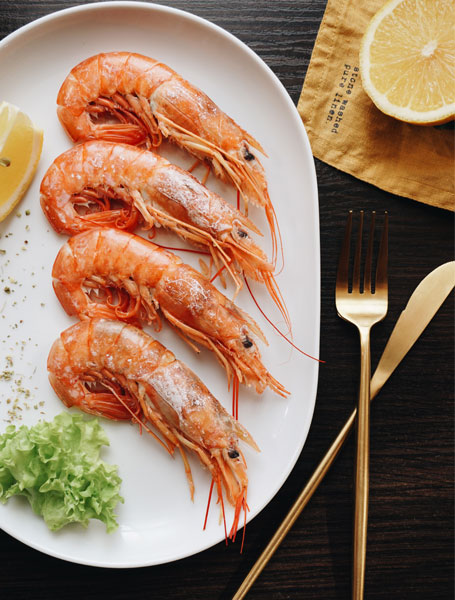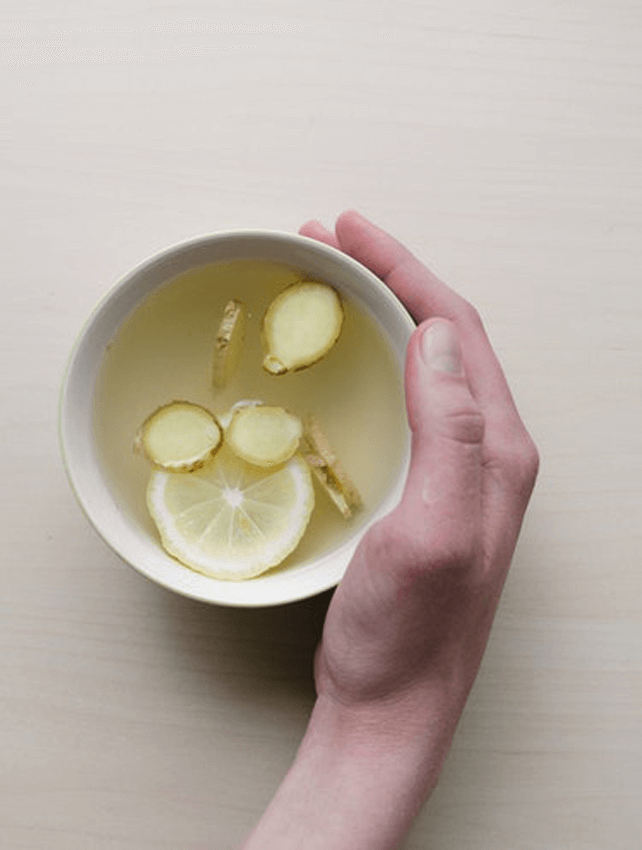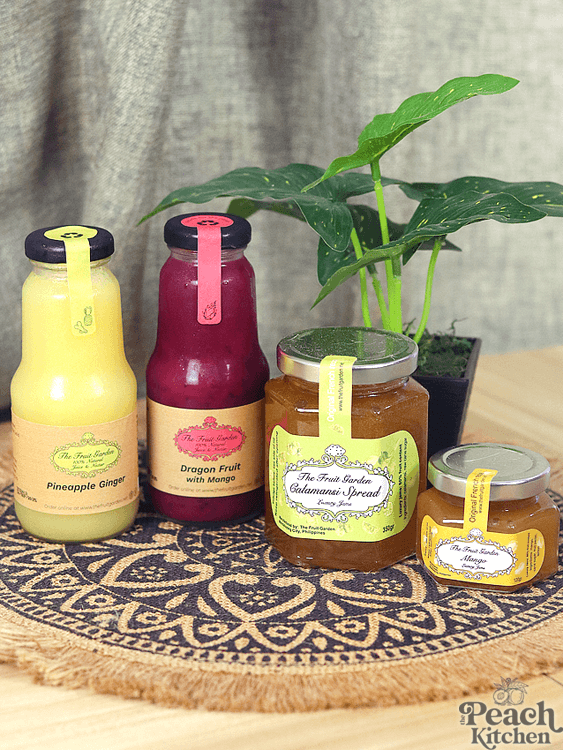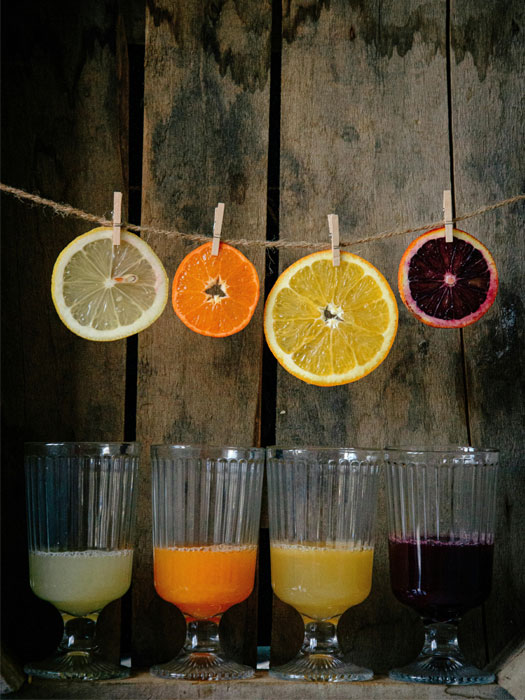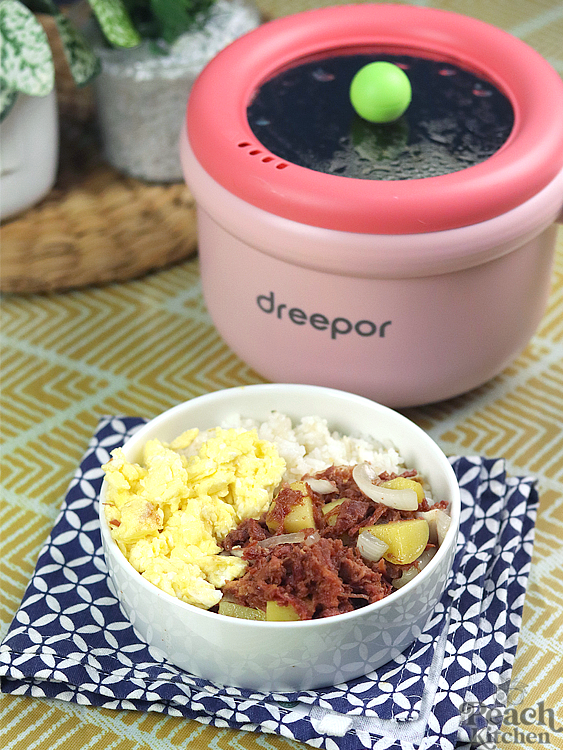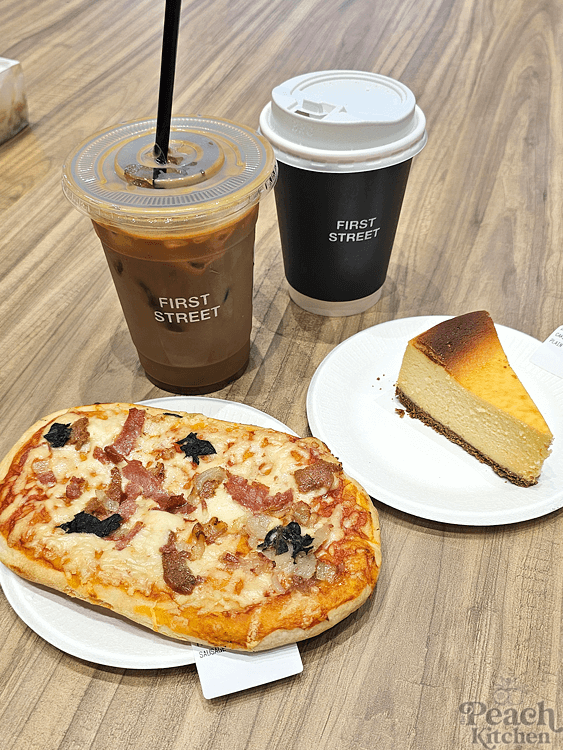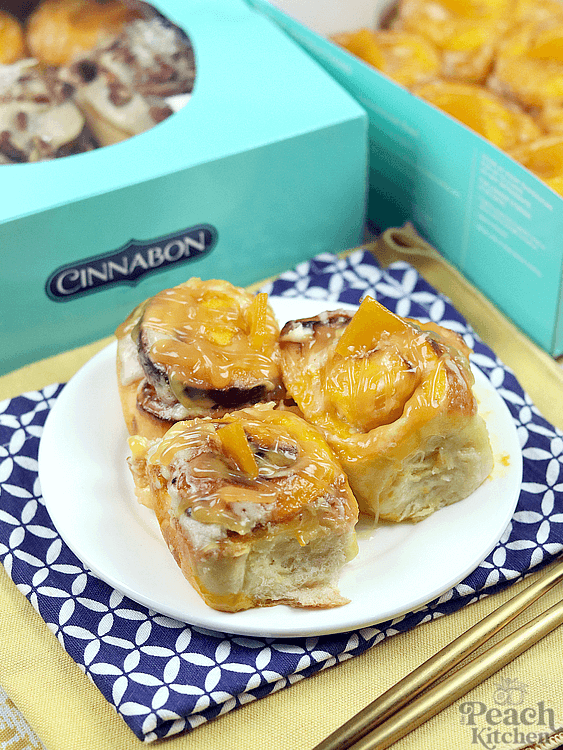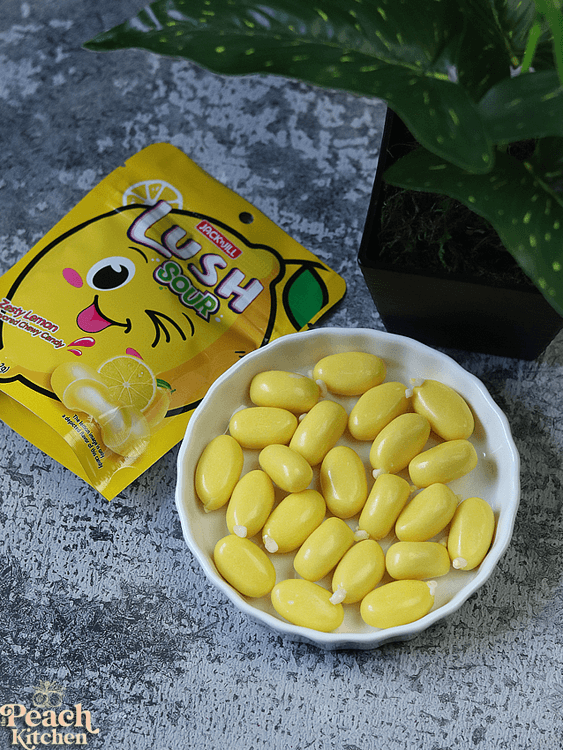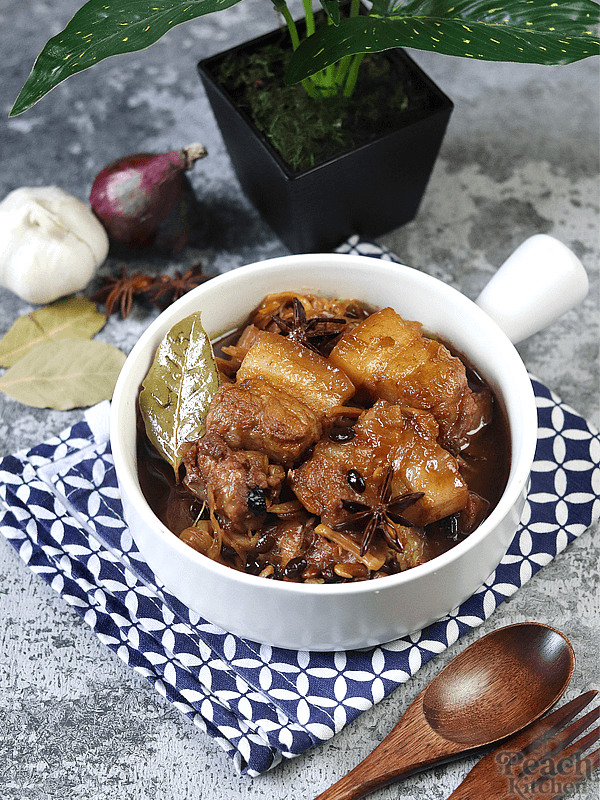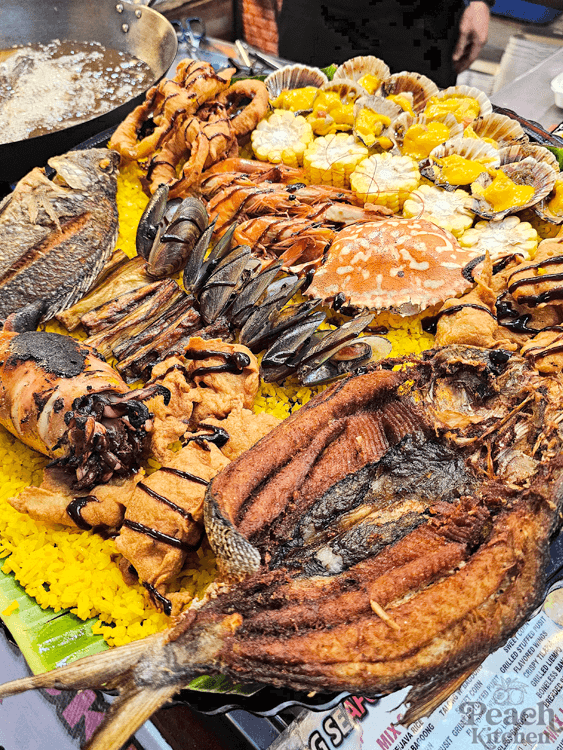
Wine aging is an art and science that transforms a bottle of wine into a richer and more complex experience. While not all wines are designed to age, those that are benefit from a delicate interaction of chemical processes, storage conditions, and time.
How Aging Affects Flavor and Aroma
During aging, a wine’s flavors and aromas evolve as tannins soften, acids mellow, and compounds interact. For red wines, this often results in a smoother texture and a shift from bright fruity notes to deeper flavors such as leather, tobacco, or dried fruits. White wines develop more subtle changes, trading crispness for a fuller, nutty complexity.
Oxygen exposure plays a significant role in aging. Cork-sealed bottles allow tiny amounts of oxygen to enter, helping to round out harsh edges without spoiling the wine. Meanwhile, phenolic compounds interact, creating the complex bouquet associated with aged wines.
Why Storage Matters
The environment in which wine is stored is crucial to the aging process. Ideal conditions include a consistent temperature around 55°F, humidity to prevent corks from drying out, and minimal light to avoid heat damage. Even slight variations can alter the pace and quality of aging, which is why collectors invest in proper storage.
The Joy of Collecting Aged Wine
Joining a wine club membership in California offers enthusiasts access to wines that are perfect for aging. Many clubs curate collections from top vineyards, providing members with bottles that develop beautifully. It’s an excellent way to explore how aging enhances the depth and character of wine.
Wine aging isn’t just about time—it’s about unlocking the potential within every bottle. With the right wine and conditions, the process transforms each sip into a masterpiece of flavor and complexity, rewarding patience with unparalleled enjoyment. To learn more, check out the infographic below.



